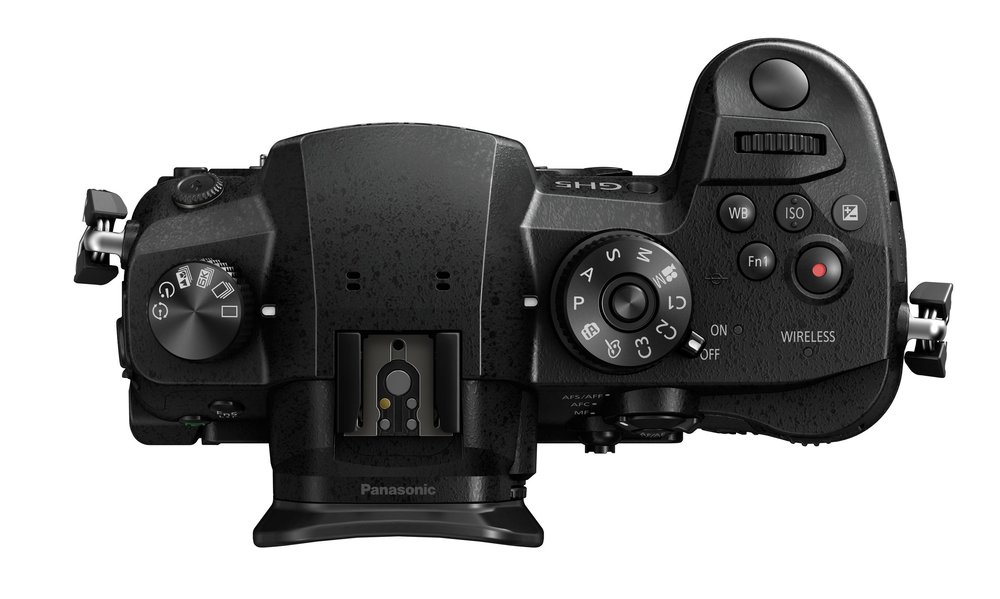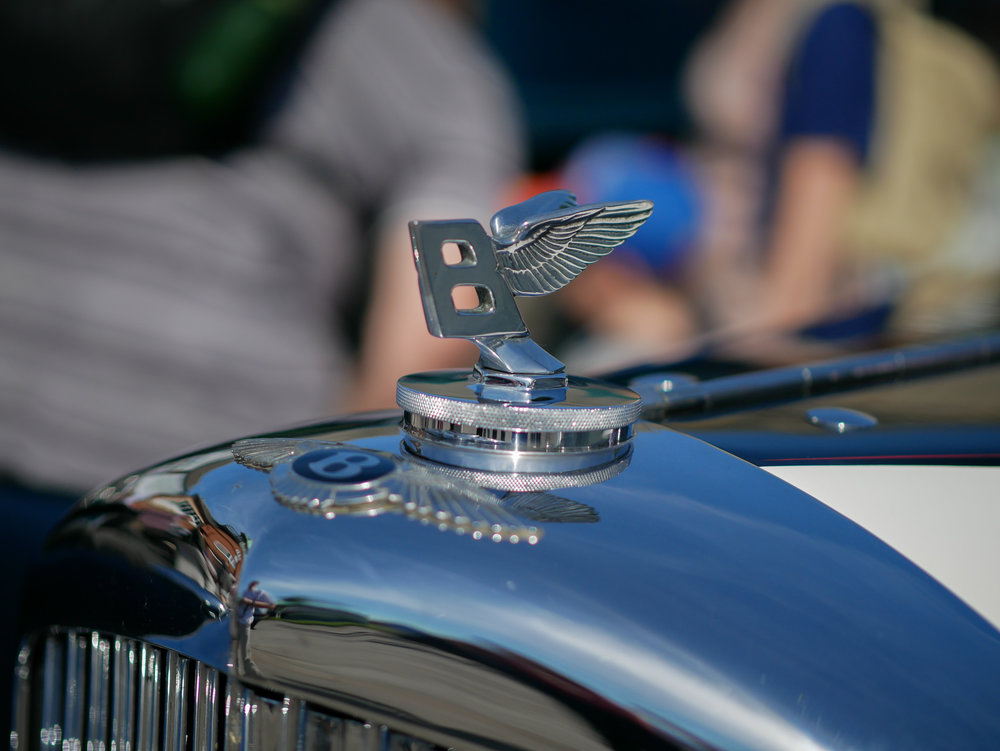
Over the past couple of years I have become very fond of the micro four-thirds system for its compactness, speed and travel friendliness. I still love my Leicas, especially the M which provides a diametrically opposed shooting experience, and wouldn’t swap over completely. I’m also currently testing the new Leica TL2 and still have a soft spot for the APS-C format which is now good enough to be considered a replacement for full-frame. But I have grown to love m4/3.
The Panasonic GX8 is a firm favourite and, for the moment, I am also using the smaller GX80 which has both advantages over the GX8 and a number of disadvantages. I’ll be writing about this soon.

When it comes to flagship so-called professional m4/3 bodies, though, there are two contenders — the Olympus OM-D E-M1 Mark II (the Japanese have always had such a racy way with brand names, don’t you think?….) and the more economically named Panasonic Lumix GH5. It’s the E-M1 that gets most of the attention and the press coverage and there’s no doubt it’s an excellent piece of kit. But even Olympus fans will acknowledge that the Lumix is pre-eminent at video work.
For my part, I hitched my colours to the Panasonic camp for a variety of reasons. I prefer the more traditional approach to control layout and, especially to menus, which are second only to Leica in their sensible and minimalistic layout. I also like the range of Leica DG lenses which work best on Panasonic bodies (in particular, the physical aperture rings on the latest primes operate only on Panasonic). To be honest, the GX8 feels and looks like a Leica. If it had LEICA instead of LUMIX on the front no one would bat an eyelid. Some of this, I am sure, comes from the synergy of styling resulting from Leica’s long-time cooperation with Panasonic. And the Leica DG lenses do look very much like both TL and SL optics, although on a different scale.

I’ve looked briefly at the GH5 since its introduction, although I haven’t used one. Would it be a suitable update for the GX8 — which is due for a refresh — and maybe with the smaller GX80 as a second body to use the same range of lenses? My interest has been aroused by this very comprehensive comparison review between the Olympus E-M1 Mk II and the GH5 written by Mathieu at Mirrorless Comparisons. It’s a well constructed piece and it confirms some of my prejudice, although the GH5 is rather on the heavy side, veering a little towards the DSLR image. But in all other respects the GH5 looks like the camera that would appeal to existing GX8.
Have you considered micro four-thirds (perhaps in the guise of the handy Leica D Lux (Panasonic LX100) and what do you think?
____________

Hi Mike,
Just found your website after seeing that you mentioned an article I wrote about Micro 4/3 as travel cameras. Interestingly I am testing out the GH5 at the moment as a stills and video camera. So far I would say that the stills match the EM1 II that I previously tested. The video is a whole other ball game.
I do feel that as a purely stills orientated camera I prefer the size and ergonomics of the Olympus EM1 II over the Panasonic but I can can forgive the latter’s larger size due to its excellent video features.
I’m hoping to get hold of an EM1 II again in the near future to do a thorough comparison of the two.
Hi David,
Good to hear from you and I hope you didn’t mind my linking to your article. It was a good overview and I think a bit of cross-linking helps us all.
I will be testing the G9 probably in February and will see how it compares with my GX8. I prefer to stick with Lumix because my lens stock is mostly Leica DG and the aperture rings on the primes only work with Panasonic.
If you’re I have any ideas for cooperation I’d be happy to hear.
Mike
Hi, I use an M8.2 for most of my photography, and until a couple of years ago I also had a Nikon D700 kit for long reach and low light shots. After much reading of reviews, I swapped the Nikon for an Oly EM1 outfit, a swap I have never regretted. Brilliant camera and lens system capable in the right hands (not mine) of cracking results without the penalty of dslr weight. As mentioned in your post for the type of use most of us use our images for the Oly kit is perfect, but check out the likes of Steve Gosling’s Oly images to see what they are capable of.
Richard, Thanks for your input on this. I agree with you on micro four-thirds. I know that if all I wanted to is produce shots to illustrate Macfilos I couldn’t go far wrong with a Panasonic or Olympus. I like other formats, of course, but m4/3 has come a long way and is now extremely competent.
Hi Mike:
I thought about buying an Olympus or Panasonic camera, in fact I owned a Panasonic G1 years ago and sold it after one year, because the image quality at that time left a bit to be desired. Today it is different. The main thing that kept me from buying a M4/3 camera is the aspect ratio 4 to 3. I am so used to 2 to 3 aspect ratio for my work, that I will not buy a M4/3 camera, although it very tempting. Yes, I know I am weird. 😉
It’s interesting that several people have raised the 4:3 aspect ratio as a negative factor. I haven’t thought that much about it, although I have stuck with 4:3 rather than cropping to achieve a more attractive ratio. Clearly, however, it is something that needs to be taken into account.
Hi again Mike,
You know I’m a boring E-M1 freak! I’ve had it since I upgraded (!) from full frame D810 and Sony in February. I say again that ON A HOLISTIC BASIS it’s far and away the best outfit I’ve ever used. The reduction in pixels has not so far upset a client and the crucial features (for me) – namely Internal 5-axis IS, lens IS, frame rates, lens quality, articulating monitor etc etc etc and the fact that the weight and cost of a 600/4 is about a fifth of the Nikon/Canon lens equivalent – makes the system a joy to use.
I shoot in RAW and the stills I get from 4K via FCP really are amazing even if they’re not as good as those from the Lumix – or even my V Lux 114.
Keep the articles coming!
https://instagram.com/johnbatten125/ (yes, I know!)
Dear John,
Thanks…. I remember your conversion and I am so happy that you are happy with the decision. Apart from that 4:3 aspect ratio, which I find strange, I do like m4/3. It’s ver y much a trade off. Autofocus speed on the most recent pro bodies is better than you can get anywhere else and the small size of the lenses (in particular) is a welcome change even from APS-C.
What you write is very tempting, Mike. But I think I’ll stick with APS since I lose less by cropping to 4:3 or square in this format than 3:2 or square in MFT. (And I like all three frames, depending on the subject matter.)
It was also somethig of am eye-opener the other day to read a post on Steve Huff’s site on 3:2 with a 50mm lens in portrait orientation for l a n d s c a p e pictures.
thanks, John. I certainly think that if I didn’t have a full-frame digital I would be happy with APS-C as a compromise solution. But since I do have the M (and had the SL for a few months) it seems sensible to have m4/3 as a second system. I might revise my opinions and and when the Leica TL system starts to tick all my boxes.
I was an early adopter of the M4/3 format–I used both the Olympus E-P1 and the Panasonic G1 and, later, the E-P2 with optional EVF. In addition, I also used the Olympus M4/3 predecessor 4/3 system which I actually preferred over M4/3, mainly for the outstanding quality of those Olympus High Grade lenses. But I never quite came to terms with the format. The 4:3 aspect ratio just didn’t seem right to my eyes. Still doesn’t.
But I had a number of excellent Olympus 4/3 lenses on hand that were not being put to any use so I bought an OMD E-M1–a camera that allows the use of those lenses, with adapter, and maintains excellent AF function. The E-M1 also allows in-camera cropping of the 4:3 format to my preferred 3:2 aspect ratio and Lightroom reads the crop when imported. Since I started using the E-M1, I’ve really learned to appreciate M43 again. However, the smaller size of the format is still sometimes an issue, especially when cropped to 3:2 format. Overall, APS-C continues to be my choice with M4/3 being a secondary format for my use.
Thanks for all the background which is very useful. I forgot (always forget) to mention the 4:3 aspect ratio of m4/3 which isn’t to everyone’s liking. I don’t much like it either but overlook it. I’ve tried using the 3:2 aspect but I seem to remember it crops the frame and you are left with fewer pixels. I see a combination of m4/3 (for travel, lightness, speed with moving subjects) goes well with the more ponderous but superb full-frame M. APS-C is piggy in the middle and, as I imply in the article, is often regarded as a substitute for FF.